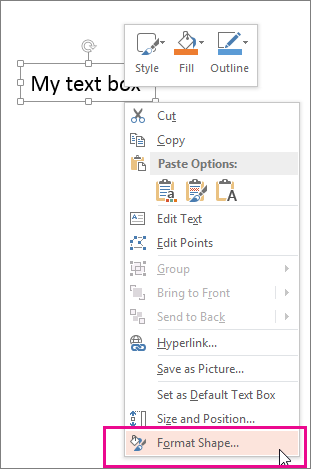
Once you have removed the border line, you might decide you’d like to disable the automatic borders feature permanently. (iii) click the Normal style in the Styles and Formatting Pane or (ii) click the Format menu, Styles and Formatting, and when the Styles and Formatting Pane opens, navigate to the top and click “Clear Formatting” or

(i) click the Edit menu, Clear, Formats or (b) To clear the formatting of selected text in Word 2002 or Word 2003, you can do any of the following: (v) press Ctrl Shift N to apply the Normal paragraph style (this method will strip out styles that have been applied to the selected text). (iv) press Ctrl Q to remove all paragraph formatting from the selected portion of the document or (iii) click the Normal style in the Styles Pane (or in the QuickStyle gallery) or (ii) click the dialog launcher in the Styles group on the Home tab, and when the Styles Pane opens, navigate to the top and click “Clear All” or (i) click the “Clear Formatting” button at the top right side of the Font group on the Home tab or (a) To clear the formatting of selected text in Word 2007 or Word 2010, you can do any of the following: Note that doing so could remove any styles you have applied to text immediately above or below the line, so use this method only if that is an acceptable result. (If doing so moves the border up, click the paragraph symbol above then line, then click the “No Border” icon again.)Īfter you’ve selected the line and the paragraph symbols above and below it, you can clear the formatting. If you’re using Word 2007 or Word 2010, navigate to the Home tab, Paragraph group, click the drop-down to the right of the Borders button (the icon at the right side of the bottom row in the Paragraph group), and click “No Border.” If you’re using Word 2002 or Word 2003, locate the Borders drop-down in the Formatting toolbar, click it, then click the “No Border” icon.

With the non-printing characters displayed, select the line, as well as both the paragraph symbol above the line and the paragraph symbol below the line. There are a few other possible solutions. Usually, that method will remove the line. (If Word inserts the line as a “bottom” paragraph border, deleting the paragraph symbol above the line should work if Word inserts the line as a “top” paragraph border, deleting the paragraph symbol below the line should work.) If not, try displaying the non-printing characters (click the paragraph symbol, located in the Paragraph group on the Home tab in Word 2007 and Word 2010 and located in the Standard toolbar in Word 20 alternatively, press Ctrl Shift * ) and then delete the paragraph symbol immediately above the line or the one immediately below the line. Sometimes, selecting the line and pressing the Delete key will remove the line. However, if you’re not aware of the way that the feature works, you can end up with an unwanted border line that is somewhat tricky to delete.

If you want to insert a horizontal line quickly, the feature can be very useful. The horizontal lines, which are paragraph borders, can appear if the “automatic borders” option is enabled in AutoCorrect and if you press one of the key combinations that triggers borders (three hyphens, three equal signs, or three underscore lines, followed immediately by the Enter key).
#Remove lines around text box word for mac how to#
Unfortunately, it can be difficult to figure out just how to remove them. In recent versions of Word, it is easy to create horizontal lines by accident.


 0 kommentar(er)
0 kommentar(er)
